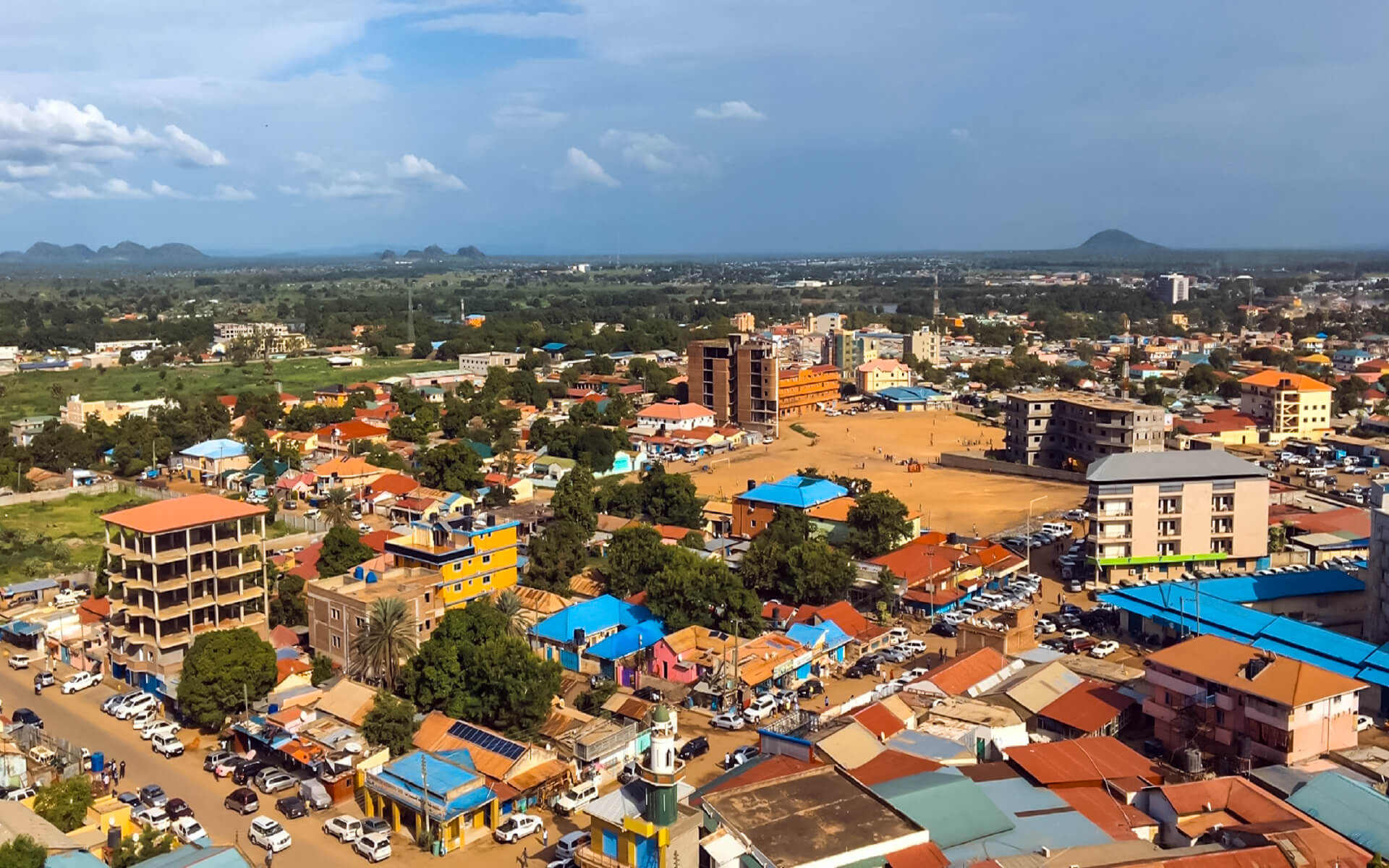Visas are necessary for the majority of visitors to South Sudan. Visas are theoretically available for $100 upon arrival at Juba airport. However, the principles governing their dispute are ambiguous. Frequently, immigration authorities may establish regulations to suit their own purposes. At the absolute least, you should have an invitation letter from a local business/organization, and you will need the assistance of someone with local contacts to ensure your visa application is approved. It is preferable to get one before to arriving in London, Nairobi, or Addis Ababa.
The most common entrance method is by direct commercial flights from Nairobi (Kenya Airways and others) to Juba. Numerous daily flights are also accessible from Khartoum, Entebbe (Air Uganda), and Addis Ababa (Ethiopian). Additionally, charter and United Nations flights are accessible from Lokichokio. Egyptair operates direct flights from Cairo twice a week.
There are many direct flights from Khartoum to Juba each week at a cost of roughly US$200 one-way, although the airlines that operate this route are constantly changing (AirWest now operates this route (Feb 2008), whereas Nova Airlines just discontinued this service). There are also frequent flights from Uganda’s Entebbe.
Ethiopian Airlines, Kenya Airways, and Egypt Air provide the most convenient single-carrier itineraries from Europe, often without a significant layover. British Airways flights from London to Entebbe are also available, as are a few daily Air Uganda flights from Entebbe to Juba.
Juba airport is in disrepair. Anticipate anarchy and overpopulation. Immigration waits may be lengthy.
If overlanding, daily buses depart from Kampala; the trip should take at least 12 hours if the roads are dry; one broken down truck or deeply flooded muddy pothole may add hours to the route. Departure at 3 a.m. from the Nile Coach outside the Gateway in Kampala’s city center, with an overnight stop in Yumbe. There are no regular buses to Kenya, but some trucks do; the majority of Kenyan traffic passes via Uganda, where the roads are in better condition.
Bring your passport if flying down from Khartoum; although you do not need a separate Sudan visa in addition to the usual Sudanese visa, your passport will be examined for a Sudan visa at Juba airport.
If you are overlanding from Kenya or Uganda, it is still recommended to get a travel permit/visa for southern Sudan (GOSS office in Nairobi or Kampala, 100 USD; presently only a one-month, single-entry visa is available); this will spare you a great deal of stress at the border.
Additionally, regular buses operated by Sudanese-owned companies depart from Kampala (LOL brand). Approximately 12 hours. Yumbe does not allow overnight stays. By way of Gulu and Atiak.
Unless money is a major consideration, fly from Entebbe to Juba. The bus is an excellent cultural tour; it is safe but dusty, and the southbound travel in daylight provides spectacular views of the countryside. The northern journey at night has police roadblocks and potty breaks in remote locations!


